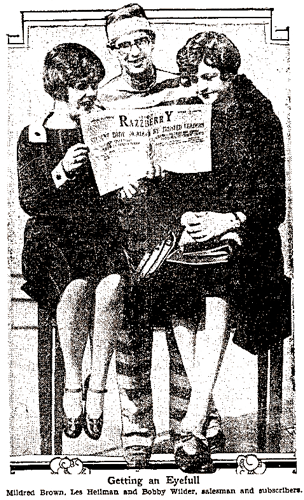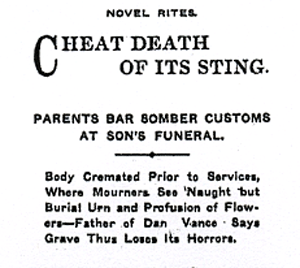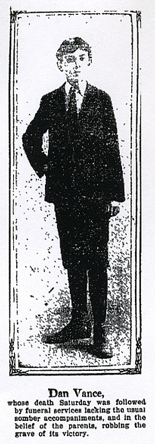 February 10, 1927
February 10, 1927Los Angeles
Ho! Wuxtry!
Those mockery-making purveyors of pasquinade Pi Delta Epsilon are at it again—it’s the new issue of the Razzberry! Not to be confused with a Bruinite’s Hell’s Bells, the Razzberry is the Trojaninny’s main road to mirth, and boulevard to bellylaughs!
Yes, the new ish of USC lampoon rag The Razzberry is out, and you should pick one up. You’ll know the rag by its scent of scandal and journalistic tinge of yellow. And by those gents dressed as prison inmates hawking ’em! (As jailbirds stand, you see, in direct opposition of all that college and higher education hold dear, these lettered loons gave gab garbed as hostages…of hilarity!)
But be stout of heart…”Stories range from an exposé of supposed corruption to accounts of wild orgies staged in fraternity houses.”
I’m sure those stories were just somethin’. Of course reference to the fraternal wild orgy failed to carry the same import eighty years ago as it does to-day. And the cub reporter of USC’s 1927 scandal sheet could only conjecture that in the future, there’d be no lack of diverting folly to make with the waggery over!





